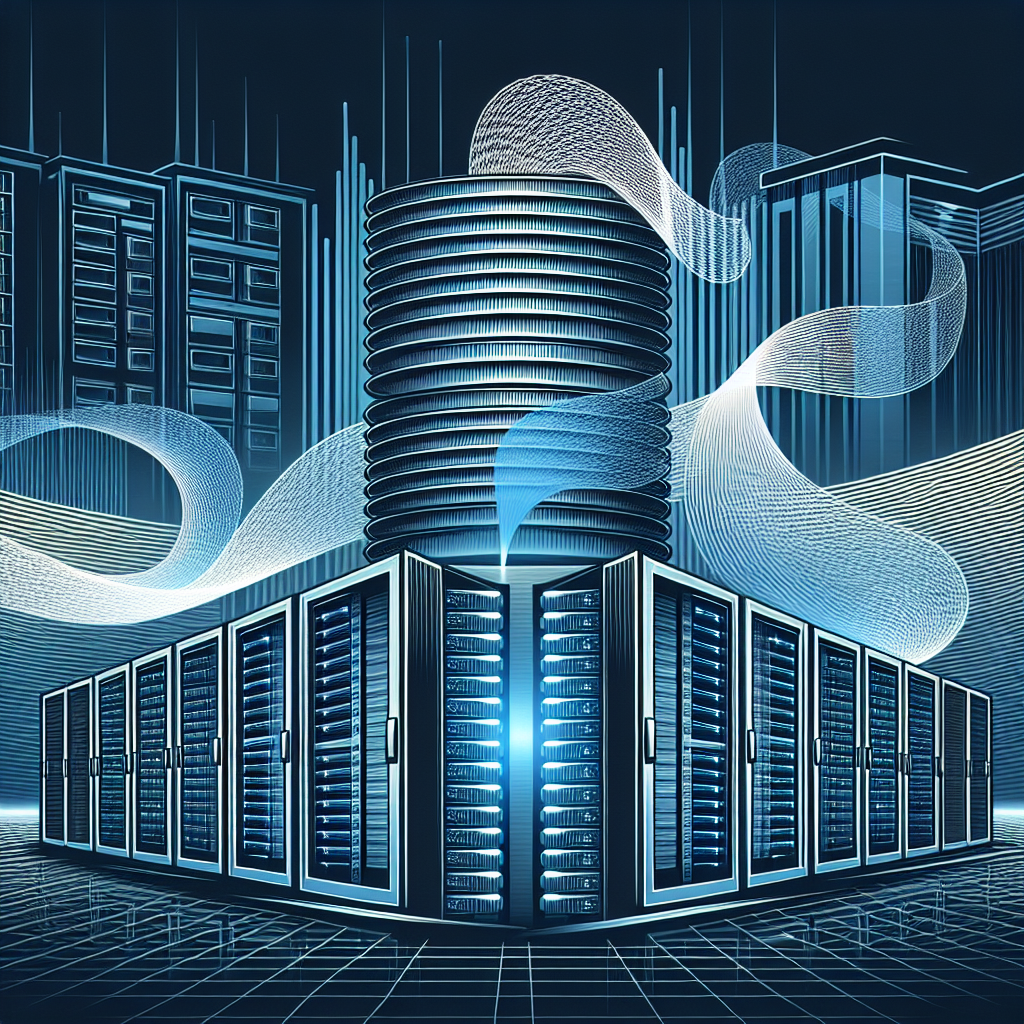Your cart is currently empty!
Emerging Trends in Data Center Cooling

Data centers are the backbone of modern technology infrastructure, housing the servers, storage, and networking equipment that keep our digital world running smoothly. With the increasing demand for data storage and processing power, data centers are expanding at a rapid pace. However, this growth comes with its own set of challenges, one of the most significant being cooling.
Cooling is crucial in data centers to prevent overheating of the equipment, which can lead to system failures and data loss. Traditional cooling methods, such as air conditioning, have been the go-to solution for many years. However, with the rising energy costs and environmental concerns, data center operators are looking for more efficient and sustainable cooling solutions.
One emerging trend in data center cooling is the use of liquid cooling systems. Liquid cooling, also known as immersion cooling, involves submerging servers and other equipment in a non-conductive liquid to dissipate heat. This method is more energy-efficient than traditional air cooling and can significantly reduce cooling costs. Liquid cooling also allows for higher-density server configurations, enabling data centers to pack more processing power into a smaller footprint.
Another trend in data center cooling is the use of indirect evaporative cooling systems. These systems use outside air to cool the data center, but instead of directly bringing the air into the facility, it is passed through a heat exchanger to remove heat before being circulated inside. This method is more energy-efficient than traditional air conditioning and can significantly reduce cooling costs.
Additionally, data center operators are exploring the use of AI-driven cooling systems. These systems use machine learning algorithms to optimize cooling efficiency by adjusting temperature and airflow based on real-time data. This not only improves cooling performance but also reduces energy consumption and operational costs.
Furthermore, data center operators are increasingly turning to renewable energy sources to power their cooling systems. Solar, wind, and geothermal energy can provide a sustainable and cost-effective alternative to traditional fossil fuels, reducing the carbon footprint of data centers.
In conclusion, data center cooling is undergoing a significant transformation as operators seek more efficient, sustainable, and cost-effective solutions. Liquid cooling, indirect evaporative cooling, AI-driven systems, and renewable energy sources are some of the emerging trends shaping the future of data center cooling. By adopting these innovative technologies, data center operators can improve performance, reduce costs, and minimize their environmental impact.

Leave a Reply